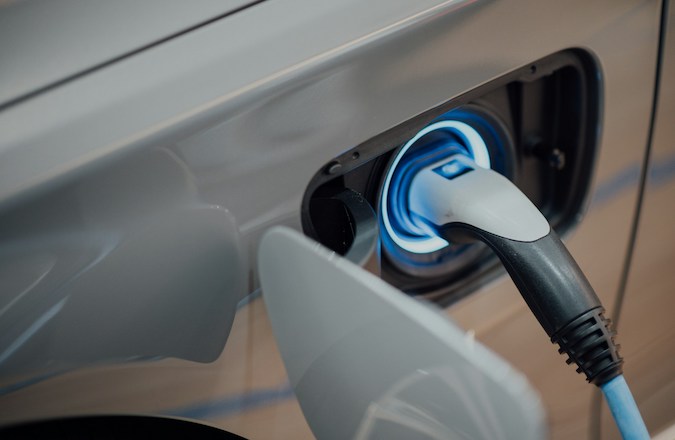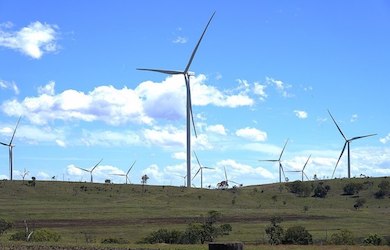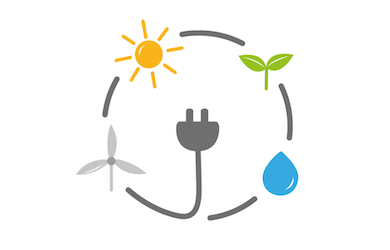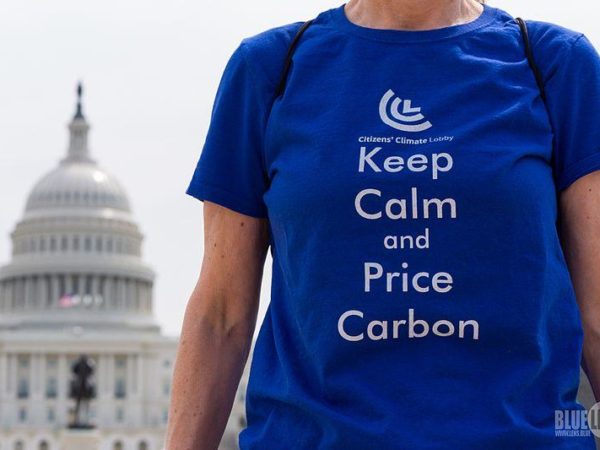In July 2025 the UK government introduced a new grant for electric vehicles (EVs), a cash payment for new EVs that can prove they are sufficiently sustainable. The goal is clear, to encourage adoption of EVs and reduce transport emissions. But what are the economic principles at play, and is it likely to be an effective measure?
Figure 1: Electric vehicle charging. [1]
How Does the Grant Work?
To obtain the grant, a manufacturer must initially apply for it with a model and be accepted. The grant is first based upon the sale price of the car, with a maximum price of £37,000. The grant comes in levels of £3,750 or £1,500 [1].
To qualify for the grant, a manufacturer must demonstrate a car meets a handful of individual criteria, including:
- Zero exhaust emissions;
- Be battery or fuel cell powered, that is no hybrid cars;
- A sufficiently high range for driving, currently a minimum of 100 miles;
- A warranty that covers the battery for a specified period of time.
The goal of the criteria above is to ensure vehicles are sustainable, not just in the emissions (or lack therefore) they produce while driving, but that are suitable for daily use (which reduces dependency on other types of cars) and they are durable enough (such that precious resources used in the construction of components are not overused on regular battery replacement).
At the time of writing, a handful of models have already become eligible for the grant, including a number of models from Renault, Nissan, Vauxhall, and Citroen [2].
Electrifying Economics
The purpose of the grant is to provide a cash discount to a buyer at the point of purchase. A common criticism of new EVs is their price tag, which can act as a barrier for drivers who might otherwise be interested in switching from traditional engine types to an EV.
There are a few key economic principles the grant is hoping to address:
The price demand relationship:
- Generally speaking, when the price of a product is lower people buy (demand) more of it. With a limited income and/or savings, a consumer can buy a certain amount of a product. If the price becomes lower, that same fixed income can afford more of the item.
- To speak generally again, more is better: and when we can afford more of something we want, we buy more of it.
- By lowering the price tag of EVs, more consumers are able to afford them and therefore the number of people driving EVs increases. This helps to meet the government’s green targets.
Uncertainty:
- Consumers buy goods and services because they believe the purchase will bring them satisfaction of some form (which economists call “Utility”). For example, we buy a chocolate muffin because eating that muffin makes us happier than otherwise would have been without said muffin.
- Consumers use information about goods to predict what utility they will obtain from a product. For example, you read online that one jacket is waterproof and another is not. Since you walk the dog in the rain sometimes and want to be dry, you will receive more utility from the waterproof jacket. Therefore, you buy the waterproof option.
- However, we don’t always have all the information despite thorough research. Especially with cars: leaving aside the entire economic disciple of the famous “lemons”… we don’t know exactly what car we will like best or will be most reliable. We are “Uncertain”, but must make a purchase decision.
- Making decisions under uncertainty is a form of risk. We are spending money and don’t know exactly what we’ll get in return. The lower the cost, the more willing consumers typically are to take that risk. For example, we might try a new restaurant if the prices are fair, but we might be more cautious of trying a very expensive restaurant (all else equal).
The demand and supply relationship:
- Although the immediate goal of the grant is to get people into EVs, another key consideration is to encourage manufacturers to produce EVs and to produce them sustainably.
- If demand for EVs increases and sales increase, the profitability of electric models will improve for the companies that make them. This should encourage manufacturers to produce more EVs and fewer combustion engines as they focus on the most profitable models and investors seek the greatest return for the money they input.
- Incentives to change (making somebody want to do something) typically bring about a smoother transition than formally legislating a change (using the law to force someone to do something). So encouraging the production of EVs via boosting demand, may make the switch easier for car makers than simply banning the sale of other types.
Figure 2: A person stacking coins. [2]
But Will it Work?
Economic decisions, like buying a car, often boil down to money; despite the fervour of economists to say, “it’s more complicated than that”. And while that is an accurate position it is also a lengthy one.
The overall price is also why recent policy has also received some criticism for actions which seem to directly counter making EVs more affordable. The recent change to road tax, where EVs are no longer within the £0 bracket, is perhaps the simplest example. On the one hand an EV may be cheaper to buy, but if it now costs several hundred pounds to tax it for a few years, will EVs be any more affordable overall?
Predicting the impact of a change in response a single economic variable is typically straightforward. If prices go down, demand should go up. However, when a multitude of variables are changing at the same time, they begin to interact and can hold different weight for different consumers. Predictions then become much harder.
While we have explored a few simple economic principles here, there are many more factors which influence a purchase decision, many of which are changing all the time in the economy. So will the grant work? That leads us the ultimate answer to any economic question: “it depends”. It depends on the consumers, the wider economy, and a range of factors we could spend years talking about. But a grant like this a certainly a step in the right direction.
In Conclusion
By 2035 all new cars must be zero emission. That means no new petrol or diesel motors. However, with the immediacy of the climate crisis, wider adoption of EVs will need to be sooner than that. Faster uptake of EVs will drive the infrastructure for recharging to expand as well, which is another key step in making transport greener.
Therefore, any new policy, such as the EV grant, is to be applauded if it successfully encourages greener transport practices. However, it is wisest to use a combination of policies which support one another, and avoid counteracting each other, to ensure the highest chance of success and the largest magnitude of impact.
About Pager Power
Pager Power undertakes technical assessments for developers of renewable energy projects and tall buildings worldwide. For more information about what we do, please get in touch.
References
[1] Chuttersnap (2020). Last accessed on 12th August 2025. Available at: https://unsplash.com/photos/white-and-blue-plastic-tool-xfaYAsMV1p8
[4] Towfiqu barbhuiya (2021) from Unsplash.com. Last accessed on 12th August 2025. Available at: https://unsplash.com/photos/a-person-stacking-coins-on-top-of-a-table-jpqyfK7GB4w





